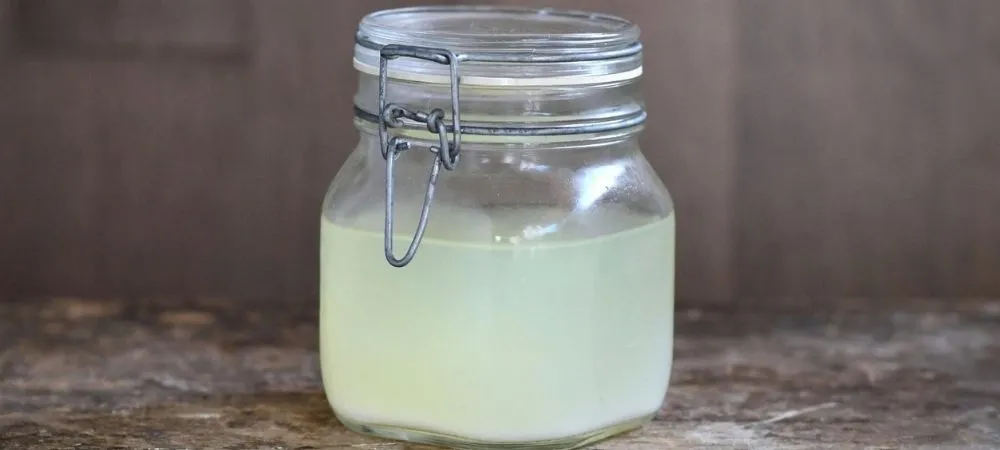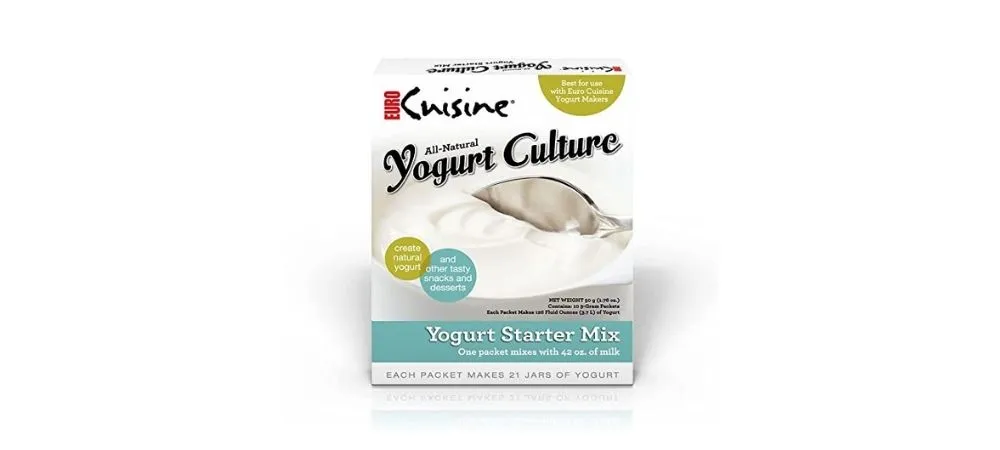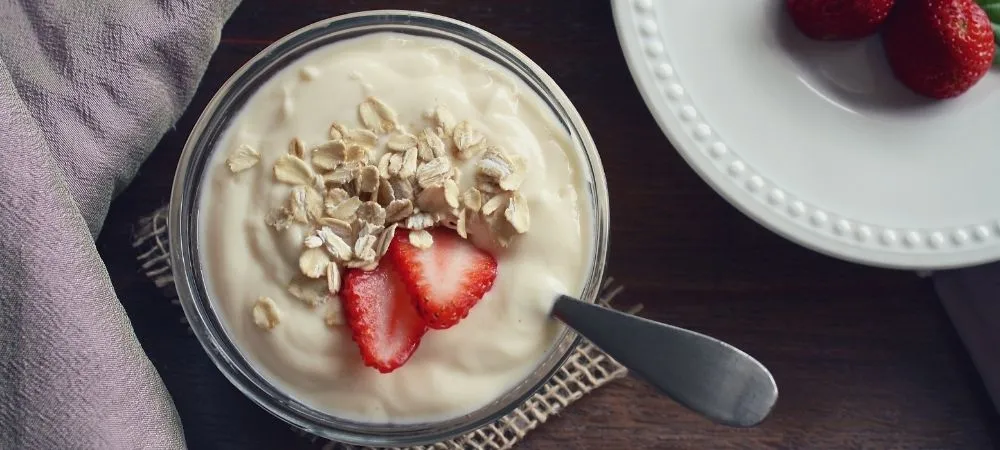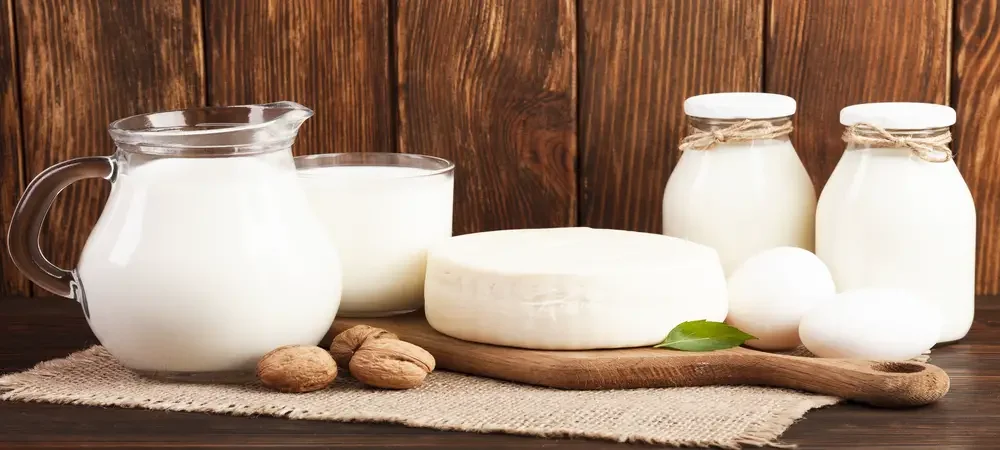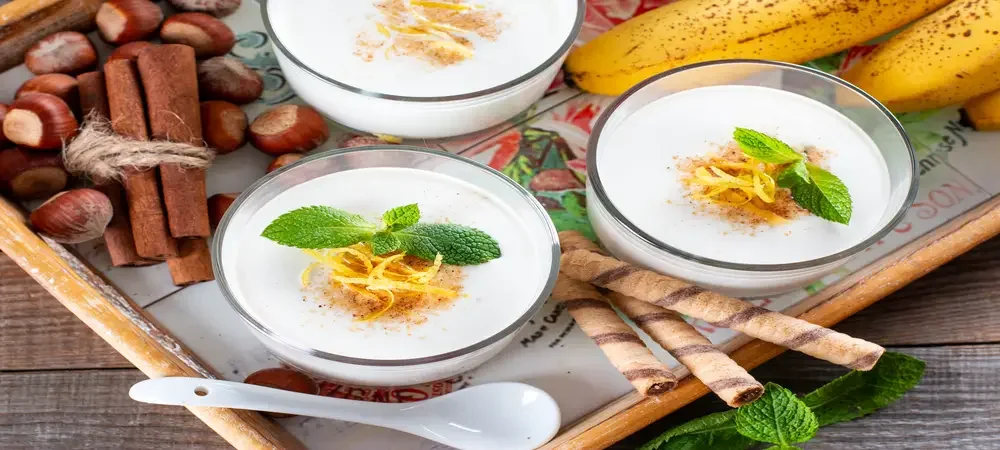If you love to make Greek-style Yogurt at home, one thing that you always left with is ‘Whey.’ Most probably, you must have been discarding this whey all these years. But there are many ways in which you can use it. Yes! Whey is a nutritious leftover that many of us are unsure of how to use.
Do you know, whey is often cast aside as an ingredient to be disposed of. It’s a significant component (or food) in its own right and contains few calories, a lot of protein, vitamins, minerals, enzymes, and active bacteria that should not be wasted.
|
Whey is a storehouse of nutrition that comes with essential nutrients like calcium, vitamins, and minerals. It is excellent for baking and soaking grains. |
This blog post will guide you on the different ways to use whey from yogurt to make your recipes healthier than ever. So, let’s get started!
What is Whey? How Do You Get the Whey?
A low-temperature cooking technique is required to make yogurt. Once the yogurt is ready, you may drip it for a few seconds or up to twelve hours. If you leave the yogurt in for 24 hours, it will thicken into a firm spreadable cream cheese texture with a big jar of whey!
You get Fresh whey drains if you strain yogurt using a cheesecloth or a nut-milk bag. Fresh whey is the cloudy, yellowish liquid that flows away after straining or dripping. Straining or dripping not only gives you thicker yogurt bit also gets you lot of whey. Yogurt consistencies vary depending on the type of milk used. And so does the quantity of whey.
Fortunately, there are other ways to make yogurt at home, such as using a yogurt maker. Goat’s milk and raw milk produce thin yogurt and benefit significantly from removing some of the whey. The longer yogurt is left to drip; the more whey is left over.
What Are The Two Types of Whey?
There are two kinds of whey that you often get from homemade yogurt:
Sweet Whey:
Leftover Whey drained from hard cheese like rennet types such as Swiss and Cheddar is a sweet whey. Sweet whey has a pH equal or more than 5.6.
Sour/Acidic Whey:
The byproduct of yogurt is termed as Acidic whey. IT comes with pH of around 5.1 which is equivalent to wine or tomatoes. This whey is produced from using acid (lactic acid bacteria) for curdling the cheese. It is a good source of electrolytes (potassium and sodium), phosphorous and calcium.
Ways To Use Whey
Here are some of the ways in which whey can be used creatively:
1. YOGURT STARTER CULTURE
To start another round of homemade yogurt, use the living bacteria in fresh whey instead of starter culture (or part of the yogurt) to inoculate it. Add approx. 1/4 cup of whey to pasteurized milk at the culturing temperature and ferment for 24 hours.
2. SMOOTHIES & SMOOTHIE BOWLS
Whey is an excellent liquid replacement in smoothies and shakes since it is high in nutrients and whey proteins make it ideal for these drinks. Combine a little whey with our high-fibre, stomach-friendly green smoothie, dragon fruit (pitaya) smoothie bowl, or tropical anti-inflammatory smoothie bowl. So next time, consider replacing greek yogurt with whey while making a smoothie without yogurt.
3. Starter Culture for Fermented Foods
Whey is an effective natural preservative. To lacto-ferment veggies, sauces, chutneys and jams, use a tiny amount of whey as a culture starter. Add a spoonful or two to a fresh ferment to bubble it with beneficial microorganisms.
4. Creme Fraiche
Did you ever think of making an extravagant Creme Fraiche using whey? If not; it’s time to give it a try. All you need is heavy cream and yogurt whey. Blend them and add some sugar to get a rich creme Fraiche.
5. Breakfast
When you soak the flax seeds, oats, chia seeds etc, we recommend you to use whey instead of water or milk. It will give a boost to your healthy breakfast by adding a boost of protein and enzyme.
6. Soak Grains, Nuts & Seeds
If you’re soaking nuts, whole grains, seeds and legumes in water to reduce anti-nutrients, you should consider adding a little whey. Whey’s bacteria and acidity aid in the breakdown of difficult-to-digest nutrients.
7. Baking
To make your baked items healthier and tastier, substitute whey for the water or milk. It’s ideal for gluten-free and grain-free baking and conventional wheat flour baking. The probiotic, live bacteria will not survive during cooking, but the vitamins, minerals, and proteins will.
Whey can also help to improve the texture and flavour of the bread. Make your sourdough blender bread or pizza bases by leaving the batter to sit for a while.
Replace the whey in our black bean tacos, grain-free focaccia bread, gluten-free red lentil wraps, or quinoa pizza dough with hemp protein.
8. To Tender the Meat
Meat that is soaked in whey will become more tender. Try 30 minutes to two hours, then check on it periodically to ensure the meat hasn’t started to overcook around the edges.
9. Fermented Dips, Dressings, Sauces & Mayoniesse
Create attractive, flavorful meals. Whey may be an inconspicuous component in salad dressings and sauces. Try the Lacto-fermented mayonnaise, Mediterranean herb salad dressing, and cultured creamy ranch dressing recipes.
10. Conditioner for Your Hair
Whey is acidic and helps maintain a proper pH balance in your hair. Washing your hair with whey can make it firmer, smoother, and glossier.
11. Skincare
Whey acidity can help remove dead skin and promote the growth of healthy cells. The vitamins and minerals also have excellent toning effects. Apply some to a cotton ball and apply it as a Toning Agent on your face, or add a cup full to a bath.
12. Making Ricotta Cheese
Reheating the sweet whey which you get after cheesemaking gets you the real ricotta cheese. The whey you get from homemade yogurt can use to make real ricotta.
13. Pet Food
Whey enhances the flavour of pet food. Dogs, cats, and even chickens might benefit from the additional taste whey adds to their regular diet!
14. Outdoor Plants
The extra calcium present in whey helps to grow tomatoes exceptionally. To get the blossom blue, pink hydrangeas, put some around the soil around its plantation.
15. Compost It
Add whey to your compost pile if you have too much. It provides nutrients and results in thick, black compost.
16. Other Uses:
You can add it to your protein shakes or eat it directly. To make healthy chapatis, soak whole wheat flour in water. You can use it for Lacto-fermented produce and fruits. It’s good to add it to pickles, sauerkraut, and fermented bean tip dishes (which are all probiotics.
Pro Tip:
If you want to use whey as a supplement, drink it. As whey separates from the milk solids, it has no lactose. If you want to store it, keep it refrigerated. You can freeze it once opened.
Frequently Asked Questions
Can You Drink Whey?
Yes, you can safely consume whey as it is a powerhouse of nutrition.
What is Leftover Whey Good For?
Besides the above-suggested uses, you can also use it for soup stock. As a base, whey adds a commendable flavor to various stews and soups. Replace a part of the stock or water with whey to add richness to your soup.
Is Whey Harmful?
If consumed in moderation, whey is absolutely safe. However, if you find protein to be difficult to digest, in such cases it may cause a gastronomical disorder. However, there are limited studies that suggest gastronomical disorders due to high protein intake.
Can I Take the Whey every day?
Yes! It is safe to take the whey every day. In fact, if you are on a low-calorie diet, taking whey can help you meet your protein intake goals.
